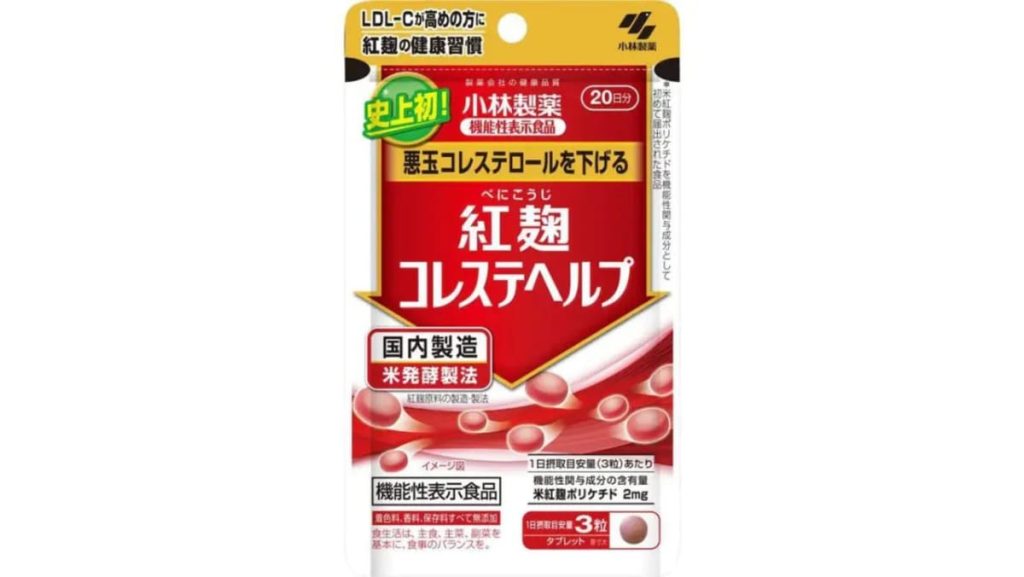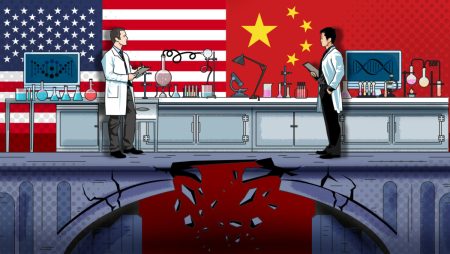one of its medications. The investigation by the company, Astellas Pharma, comes after a patient who had been taking the drug complained of symptoms including fever and fatigue before dying. The drug in question is a treatment for a rare kidney disease, and the company has stated that there is no clear evidence at this time linking the medication to the patient’s death. However, they are conducting a thorough investigation to determine if there is any potential connection between the drug and the kidney dysfunction that occurred in this case.
This incident highlights the importance of rigorous testing and monitoring of pharmaceutical products before they are approved for use by the general public. Drug companies must not only demonstrate the efficacy of their products in treating specific conditions, but also ensure that they do not pose any serious risks to patients. In this case, Astellas Pharma will need to provide clear evidence that their medication is safe for use, even in rare cases where adverse reactions may occur. The company’s response to this incident will be closely scrutinized by regulatory authorities and medical professionals to ensure that appropriate action is taken to protect the public.
The potential link between the medication and kidney dysfunction raises questions about the overall safety of pharmaceutical products and the potential risks associated with their use. While rare side effects are not uncommon with any medication, it is essential for drug companies to be transparent about any potential risks and to adequately warn patients and healthcare providers of these risks. Patients rely on accurate information to make informed decisions about their healthcare, and drug companies have a responsibility to provide this information in a clear and timely manner.
The investigation into this incident will also likely prompt a review of the drug’s safety profile and potential risks by regulatory authorities. The regulatory approval process for pharmaceutical products is in place to ensure that drugs are safe and effective for their intended use, but incidents like this one highlight the ongoing need for monitoring and surveillance of medications once they are on the market. Healthcare providers will need to be vigilant in monitoring patients for potential adverse reactions and reporting any concerns to the appropriate authorities to ensure patient safety.
In cases where there is a potential link between a medication and adverse reactions, it is crucial for healthcare providers to communicate openly with patients about the risks and benefits of their treatment options. Patients should be empowered to ask questions and seek additional information about their medications to ensure that they are making informed decisions about their healthcare. Healthcare providers must also be prepared to address any concerns or questions that patients may have about the safety of their medications and provide guidance on how to monitor for potential adverse reactions.
Ultimately, incidents like this one serve as a reminder of the complex nature of pharmaceutical products and the need for ongoing monitoring and surveillance to ensure patient safety. Drug companies, regulatory authorities, and healthcare providers all play a critical role in ensuring that medications are safe and effective for use by the public. Transparency, communication, and collaboration between these stakeholders are essential to maintaining public trust in the pharmaceutical industry and ensuring that patients receive the highest quality of care.















